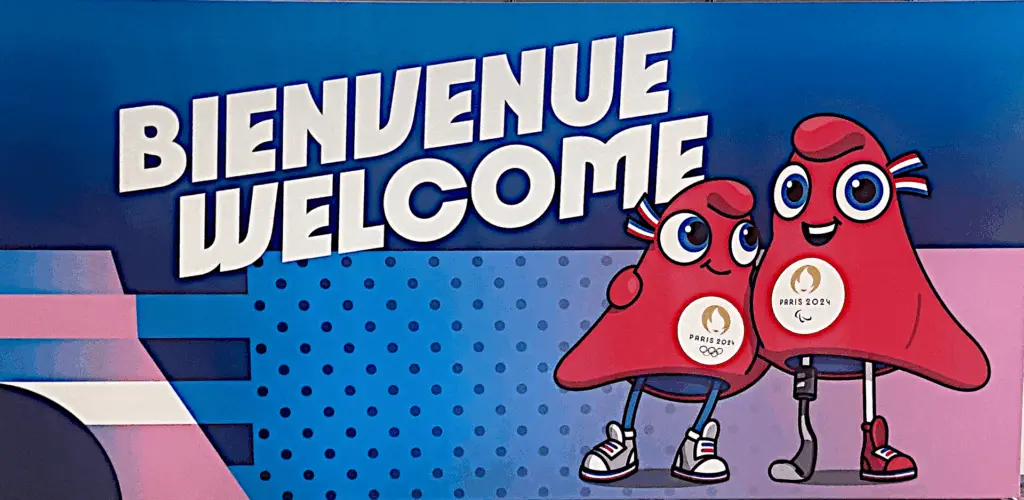Volunteering at the Paris 2024 Olympics Games was an amazing experience that started long before the events began. Like many others around the world, I applied with excitement and hope, not knowing exactly what to expect—just that I wanted to be part of something bigger and exciting. What followed was a few unforgettable weeks of training, meeting new people, facing challenges, and enjoying some truly special moments. Here’s what it was like—from applying to driving through Paris as an official Olympic volunteer.
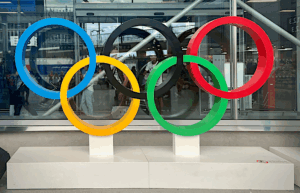
The process to become a volunteer was straightforward. About a year before the Games, you had to create an account on the official Paris volunteer portal, answer a series of questions about your motivation, personal preferences, availability, language skills, etc., and hope that your answers stood out to the selection team. A total of 45,000 volunteers were recruited for various roles. Being accepted didn’t mean that your flights or accommodation were covered, but I was fortunate to have family in the Paris suburbs who could host me for about three weeks. Volunteer benefits included:
A volunteer uniform to wear (and keep) during the Games
One meal per day
A free metrocard for all Paris zones, valid throughout the Games, whether on duty or not
The opportunity to meet people from all over the world
Although volunteers weren’t paid or got any event tickets, the experience and the chance to be part of the Olympic Games was truly a once-in-a-lifetime opportunity. As the date approached, we found out our assignments. I was selected to be a driver, and the training was thorough — covering everything from soft skills like communication, to car features, to using the apps we’d need during our shifts. All the necessary information was shared on the volunteer portal and available 24/7.
I started about a week before the opening ceremony. The first thing I did was pick up my accreditation and uniform.

The line for accreditation was very long — over two hours of waiting. There wasn’t a separate line for volunteers and workers who needed access to restricted zones during the Olympics, which made the experience quite unpleasant, especially in the hot and humid weather.
After receiving my accreditation, I went to a different location nearby to collect my uniform. It was just a few blocks away, so it was easy to reach. The process was smooth: you showed your accreditation, tried on the uniform and shoes in the changing room, filled out a form with your correct sizes, and then picked up your items in another room. Outside, there was a photo booth, so I took a picture — not my best pose, but a fun way to get into the Olympic spirit.
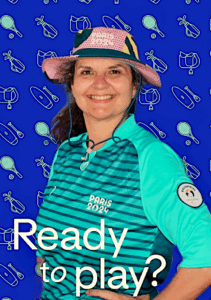
The next day, I had in-person training at l’Hippodrome d’Auteuil. Before the session began, they checked all the necessary documents, such as our driver’s license and passport, to ensure everything was in order. The training was mostly a recap of the materials we had already received through the volunteer portal, so there wasn’t much new information, but it was still very engaging. The trainers were energetic and fun to listen to. Once the session ended, we were shown where we would have our meals and enjoyed a nice lunch. Afterward, we went to the parking lot where all the vehicles were located and received a quick training about each car. There were three types of Toyotas: electric, hybrid, and hydrogen.
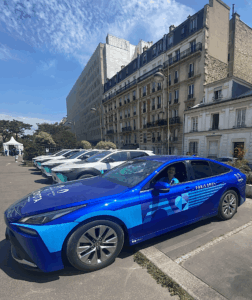
We were grouped in teams of three to four people per car and took turns driving to different destinations to get familiar with the vehicle and the app. The car was fairly easy to drive, but the app was quite buggy and often required assistance. Fortunately, we could always call our “régulateur” if we ran into any issues, so we never felt completely on our own. The app would determine where you were based (staging), what kind of ride – pick up at a scheduled time or get a ride as needed- and a gps map with all the approved sites listed.
The next day was my first official shift, exactly one week before the opening ceremony. From that point on, my days followed a pretty consistent routine. I would take the bus, RER, and metro from my brother’s place to arrive at Porte d’Auteuil. Upon arrival, I had to sign in—either through the volunteer portal or at the entrance of the building. We were expected to arrive about an hour before the shift started to have time for a meal and attend a briefing session that covered essential updates or new information.

After that, I would receive a pouch containing the car keys, vehicle documents, and a phone with the GPS app. Then came the debrief, followed by checking in to my assigned car via the app, walking to the car, inspecting it for damage and checking the fuel level (whether gas, electric, or hydrogen), and finally receiving my site assignment—or staging area—for the day.

This location could be anywhere in or around Paris and served as our base for several hours. Volunteers were expected to return to their assigned site unless instructed by the app to move elsewhere. This system, while not perfect, generally ensured you’d get a ride assignment, since the “régulateur” could track where cars were needed. Assignments typically included stadiums around the end of events, hotels where guests needed transport to competitions, or the airport when delegations were arriving.
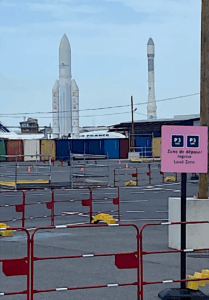
The first week was extremely slow—on my first day, I transported zero passengers! One person had reserved a ride but never showed up, and the rest of the day remained quiet. This pattern repeated for most of the first week. I was relatively lucky, though, as I did at least get one passenger on most days, whereas some volunteers reportedly went days without any. In my opinion, the slowness was due to several factors: too many volunteers, a lack of awareness about the service, and being assigned to sites where little or nothing was happening. These are just my personal observations. Toward the final week, the number of volunteers was reduced, and from then on, I was busy almost all day.
During the event, I transported a wide range of people, including athletes, doctors, members of the IOC, politicians, and Olympic partners—basically anyone who was accredited to use the official transportation service. We were only permitted to take passengers to a predefined list of destinations, so we couldn’t, for example, drop someone off for shopping—although you could sometimes find a nearby approved location and leave them there instead.I definitely have some stories to share about those experiences. One that stands out is a marathon athlete from the Refugee Team offering me bread—clearly carb-loading before a big race! Another memorable moment was driving diplomats to the Israeli consulate, which, as it turned out, I wasn’t supposed to do because of security protocols—oops, I survived! Then there was someone who thought I was their private driver for the entire day and expected me to wait for hours in a place I wasn’t even allowed to be—I didn’t wait, of course. I had countless lovely conversations with humble and kind individuals, and also plenty of completely silent rides—and that was perfectly fine too. You just go with the vibe of whoever you’re driving!
Paris had many reserved areas and traffic lanes accessible only to accredited vehicles, which made driving through the city much easier. It also felt like many Parisians had left the capital during the Games, adding to the surreal atmosphere. Driving down the Champs-Élysées to the Eiffel Tower was truly magical—and yes, even through some less glamorous places like the back roads near train stations. Regardless of the destination, I felt incredibly privileged to have had that opportunity and would do it again in a heartbeat.
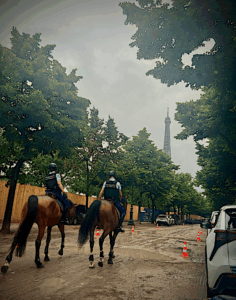
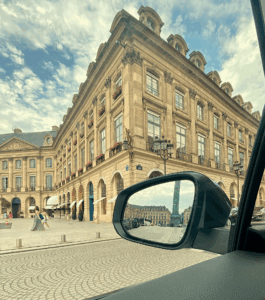
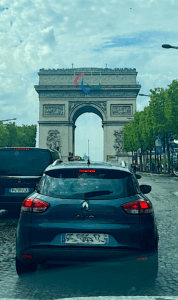 If you’re wondering, I also experienced the Olympic Games as a spectator and saw the very wet opening ceremony— I can confirm that in person, it was much less impressive than on TV. I attended a swimming event where Léon Marchand competed and won, creating an ecstatic crowd and an electric atmosphere. (If you don’t know who he is—what?! He’s a French swimming champion!) Over the three weeks, I went through Paris countless times and enjoyed seeing the Olympic Cauldron in the Tuileries Garden.
If you’re wondering, I also experienced the Olympic Games as a spectator and saw the very wet opening ceremony— I can confirm that in person, it was much less impressive than on TV. I attended a swimming event where Léon Marchand competed and won, creating an ecstatic crowd and an electric atmosphere. (If you don’t know who he is—what?! He’s a French swimming champion!) Over the three weeks, I went through Paris countless times and enjoyed seeing the Olympic Cauldron in the Tuileries Garden.
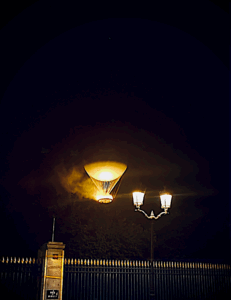

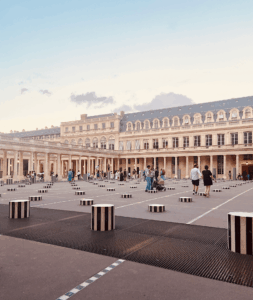
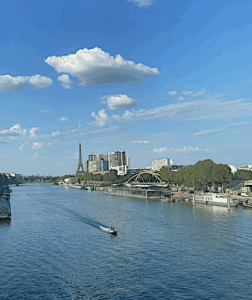
Volunteering at the Paris Olympics was an unforgettable experience—challenging at times but deeply rewarding. From the initial application and training to the daily routines and unique encounters on the road, every moment offered a glimpse behind the scenes of a global event. Despite some slow days and minor hiccups, being part of the Games allowed me to meet incredible people, explore Paris in a way few get to, and contribute to an event that brings the world together. It was truly a once-in-a-lifetime opportunity that I would gladly take again.
